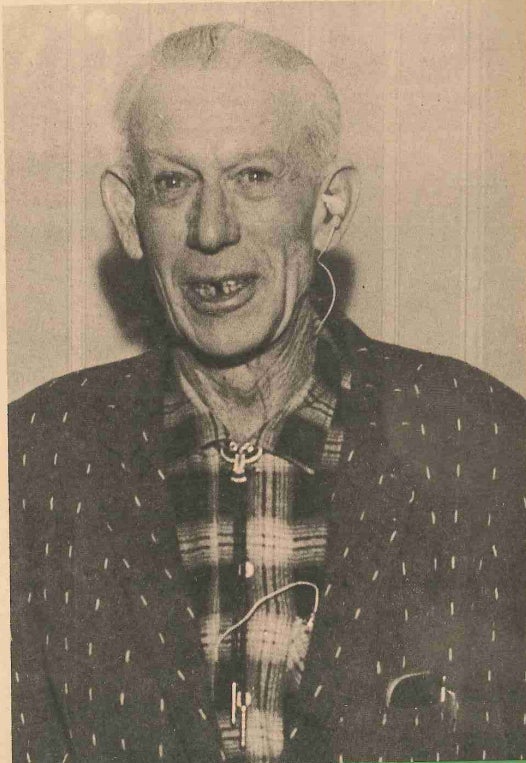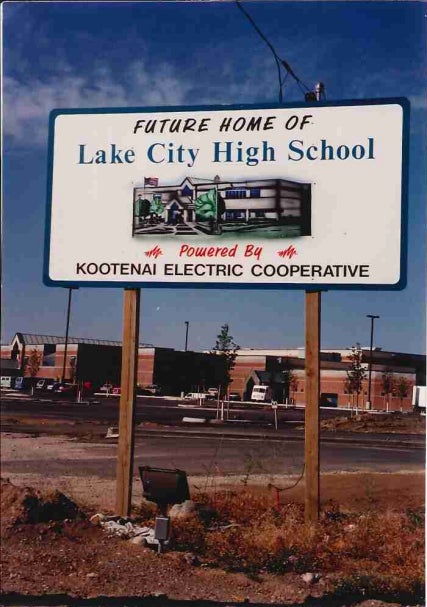Kootenai Electric Cooperative, Inc. (KEC) is a member-owned electric utility in Rathdrum, Idaho. Our mission is to provide our members exceptional service and dependable electric power at competitive rates. KEC is governed by an independent seven-member elected Board of Directors. KEC has more than 30,000 meters and approximately 2,300 miles of electric line in parts of Kootenai, Benewah, Bonner and Spokane counties. Kootenai Electric employs more than 100 people and is the largest electric cooperative in Idaho.
KEC purchases the majority of the electricity it sells from the Bonneville Power Administration. Learn more about our fuel mix. Kootenai Electric is a private, nonprofit electric utility owned by the members it serves. We sell power at cost. In the early 1930s, prior to the establishment of electric cooperatives like KEC, nearly 90 percent of rural America was without electricity. While more populated areas had power, it was not cost effective for investor-owned electric utilities to bring power out to the rural areas. In 1936, Congress acted by creating the Rural Electric Administration. The agency offered the loans to rural citizens wishing to form locally-owned electric cooperatives. On May 19, 1939 KEC began supplying power to 385 members. Since then KEC has been steadily growing and provides power to our member-owners the Cooperative Way.
Cooperatives around the world operate according to a core set of principles that originated in 1844 from the first modern cooperative, the Rochdale Society of Equitable Pioneers in Rochdale, England. These principles, along with the co-op purpose of improving quality of life for their members, make electric co-ops different from other electric utilities.
1. Voluntary and Open Membership
Cooperatives are voluntary organizations, open to all persons able to use their services and willing to accept the responsibilities of membership, without gender, social, racial, political or religious discrimination.
2. Democratic Member Control
Cooperatives are democratic organizations controlled by their members, who actively participate in setting policies and making decisions. The elected representatives are accountable to the membership. In primary cooperatives, members have equal voting rights (one member, one vote) and cooperatives at other levels are organized in a democratic manner.
3. Members’ Economic Participation
Members contribute equitably to, and democratically control, the capital of their cooperative. At least part of that capital is usually the common property of the cooperative. Members usually receive limited compensation, if any, on capital subscribed as a condition of membership. Members allocate surpluses for any or all of the following purposes: developing the cooperative, possibly by setting up reserves, part of which at least would be indivisible; benefiting members in proportion to their transactions with the cooperative; and supporting other activities approved by the membership.
4. Autonomy and Independence
Cooperatives are autonomous, self-help organizations controlled by their members. If they enter into agreements with other organizations, including governments, or raise capital from external sources, they do so on terms that ensure democratic control by their members and maintain their cooperative autonomy.
5. Education, Training, and Information
Cooperatives provide education and training for their members, elected representatives, managers and employees so they can contribute effectively to the development of their cooperatives. They inform the general public, particularly young people and opinion leaders, about the nature and benefits of cooperation.
6. Cooperation Among Cooperatives
Cooperatives serve their members most effectively and strengthen the cooperative movement by working together through local, national, regional and international structures.
7. Concern for Community
While focusing on member needs, cooperatives work for the sustainable development of their communities through policies accepted by their members.




























